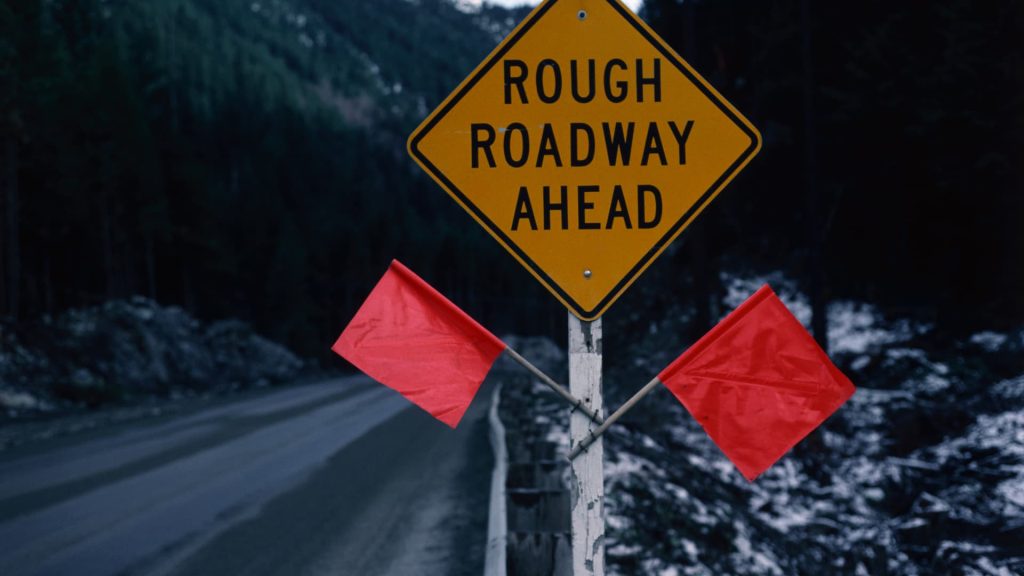Doug Wilson | Corbis Documentary | Getty Images
Stock market dips can create a big portfolio risk during your earlier retirement years — and many investors don’t prepare, financial experts say.
The issue, known as “sequence of returns risk,” refers to how the timing of withdrawals paired with stock market losses can affect how long your retirement savings last.
Your first five years of retirement are the “danger zone” for tapping accounts during a downturn, according to Amy Arnott, a portfolio strategist with Morningstar Research Services.
More from Personal Finance:
Why uncertainty makes the stock market go haywire
There can be a ‘survivor’s penalty’ after a spouse dies — how to avoid it
How Social Security Administration leadership changes may affect benefits
If you take assets from accounts when the value is falling, “there’s less money left in the portfolio to benefit from an eventual rebound in the market,” she said.
Moreover, sequence risk can increase your chances of outliving retirement savings, Arnott said.
Let’s say your portfolio dropped by at least 15% during your first year of retirement and you also withdrew 3.3% of the balance.
That combination would increase your odds of depleting the portfolio within 30 years by six times compared with someone who has a first-year positive return, according to a 2022 Morningstar report. The Morningstar research assumed future yearly withdrawals were fixed at the same share of the portfolio.
Negative returns are more harmful early in retirement than later, according to a 2024 report from Fidelity Investments. That’s because retirees miss more years of potential compound growth.
“It’s very difficult to overcome those losses in early years,” said David Peterson, head of advanced wealth solutions at Fidelity.
By comparison, early years of positive returns in retirement have “the advantage of the markets working in your favor,” he said.
Keep a ‘balanced asset allocation’
As you approach retirement, a “balanced asset allocation” is one of the best things investors can do to reduce sequence risk during early retirement years, Arnott said.
For example, there’s a lower sequence risk if your portfolio is 60% stocks and 40% bonds compared with heavier stock allocations, she said.
With the “proper asset allocation,” negative returns might not be as extreme for your portfolio as the stock market losses, Peterson said. Of course, the right mix ultimately depends on your risk tolerance and goals.
Adopt the ‘bucket approach’
You can also shield your portfolio from stock market losses with a retirement strategy known as the “bucket approach,” Arnott said.
Typically, you’ll keep one to two years of living expenses in cash, which would be accessible during market dips, she said.
The next five years of spending could be in short- to intermediate-term bonds or bond funds. Beyond that, the third bucket focuses on growth with stocks, Arnott said.
“It does take some maintenance from year to year,” but it could provide “peace of mind” while reducing sequence of returns risk, she said.

